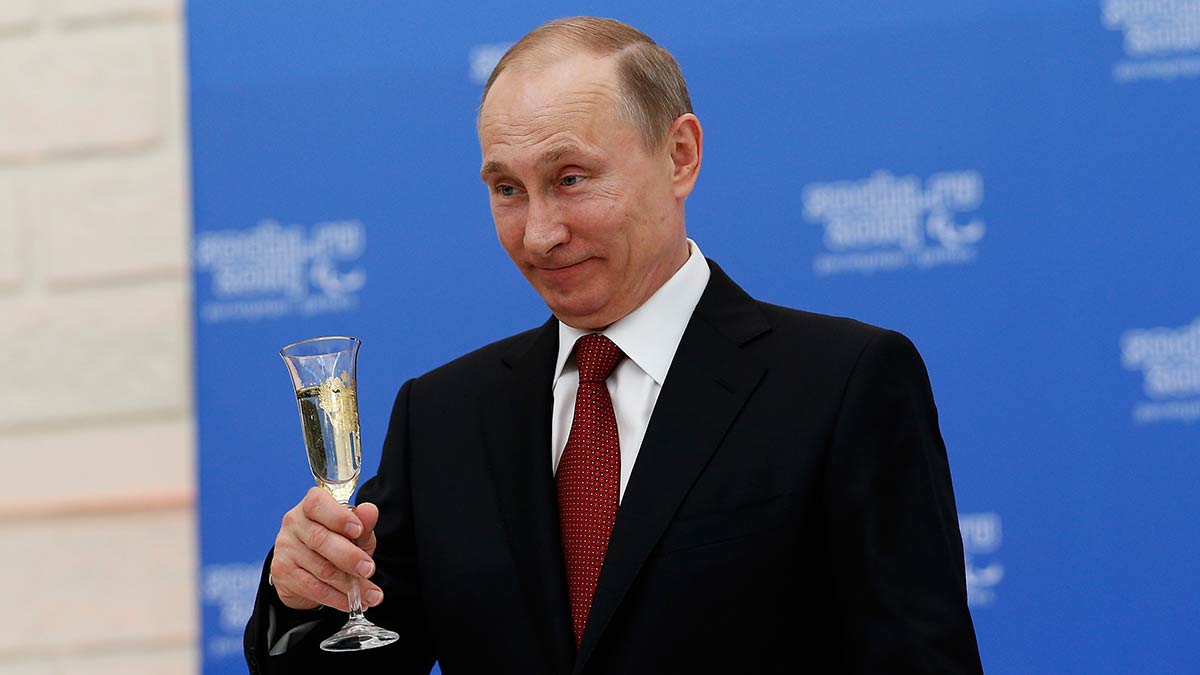Monsters of Rock: WoodMac says ending Russian coal sales is easier said than done

Pic: Getty
As coal prices charge to unforeseen new levels, Wood Mackenzie’s top coal analyst says it will be tough for importers to maintain a tough stance on Russian coal due to the tightness of global markets.
WoodMac principal analyst Rory Simington said relatively normal import activities “remain the most likely outcome”.
Coal is one of any number of commodities that have spiked since Russia invaded Ukraine, with reports thermal and met coal buyers are looking to take their business elsewhere.
Not even oil and gas prices have been as spectacular as the coal market.
Newcastle coal prices surged by around 30% overnight to US$400/t, with futures hitting US$446/t, a US$140.55/t daily gain.
According to a report in The OZ today, the feds have also hit up local producers to see if they can ship coal to some of Australia’s allies in Eastern Europe like Poland, which is heavily reliant on Russia for its energy needs.
Simington said some coal prices had hit “unprecedented levels”.
“Prices in the Asian market have also responded with Newcastle physical prices reaching US$400/t,” he said today.
“Metallurgical coal, used in coke production and injected into blast furnaces, spiked with PCI prices – a key Russian export – leaping to an unprecedented level and nearing towards US$400/t.”
Over in Europe non-Russian coals are drawing large premiums, but Simington believes reliance of many countries on Russian coal and the tightness of the market which already sent prices to record highs before the war began meant the status quo would likely be maintained.
“Heavy reliance on Russian coal imports in the current tight market means a prolonged cut-off would bring damage to both Russia and importing countries and is unlikely in Wood Mackenzie’s view,” he said.
“Russian coal accounts for roughly 30% of European metallurgical coal imports and almost 70% of European thermal coal imports.
“North Asian buyers South Korea and Japan also have significant exposure to Russian coal with Russian thermal coal representing 20% of South Korea’s imports and over 10% of Japan’s, while Russian metallurgical coal represent over 15% and 5% of the North Asian markets’ imports, respectively.”
High quality
Simington said Europe, Japan and South Korea imported around 90 Mt of Russian thermal coal and 25 Mt of Russian metallurgical coal in 2021 and can’t be replaced in the current market given their high energy content and quality.
“Power plants currently using this type of coal are specifically designed to run a high energy coal and are unable to switch coal types. Steel mill operators would be challenged to replace Russian PCI and met coals given the current global spot supply shortages especially out of Australia,” he said.
Coal miners Yancoal (ASX:YAL) and Whitehaven (ASX:WHC) were up more than 10% while iron ore miners were also buoyant, with Dalian iron ore futures gaining more than 7% in a positive move for future spot prices.
Materials was up 2.63% with nickel and aluminium prices also supporting local stocks and lithium producers among the top performers.
Related Topics
UNLOCK INSIGHTS
Discover the untold stories of emerging ASX stocks.
Daily news and expert analysis, it's free to subscribe.
By proceeding, you confirm you understand that we handle personal information in accordance with our Privacy Policy.








